Swedish weather forecaster SMHI has extended its orange warning to the Stockholm area and Gotland.
In an orange warning, there is a risk of very limited accessibility on roads and public transport service delays and cancellations.
SMHI issued the orange warning over large parts of Stockholm on Sunday lunchtime.
“It applies to heavy snowfall from tonight to tomorrow evening. It is uncertain exactly which area most snow will end up but there will be large amounts,” Therese Fougman, meteorologist at SMHI told Swedish newswire TT.
On Sunday morning, 14 centimetres of snow had fallen over central Stockholm, while in Holmbo west of Valdemarsvik, a snow depth of 21 centimetres was reported. In Småland’s Fagerhult and Orrefors, the snow depth was just over 20 centimetres.
Public transport organisation SL (Storstockholms Lokaltrafik) has advised its travellers to be out in good time if travelling on Monday and to work from home if you’re able to.
SL warned that some services may be cancelled so to check travel services before heading out. On its website, it says that if your journey is delayed by more than 20 minutes, you can apply for compensation.
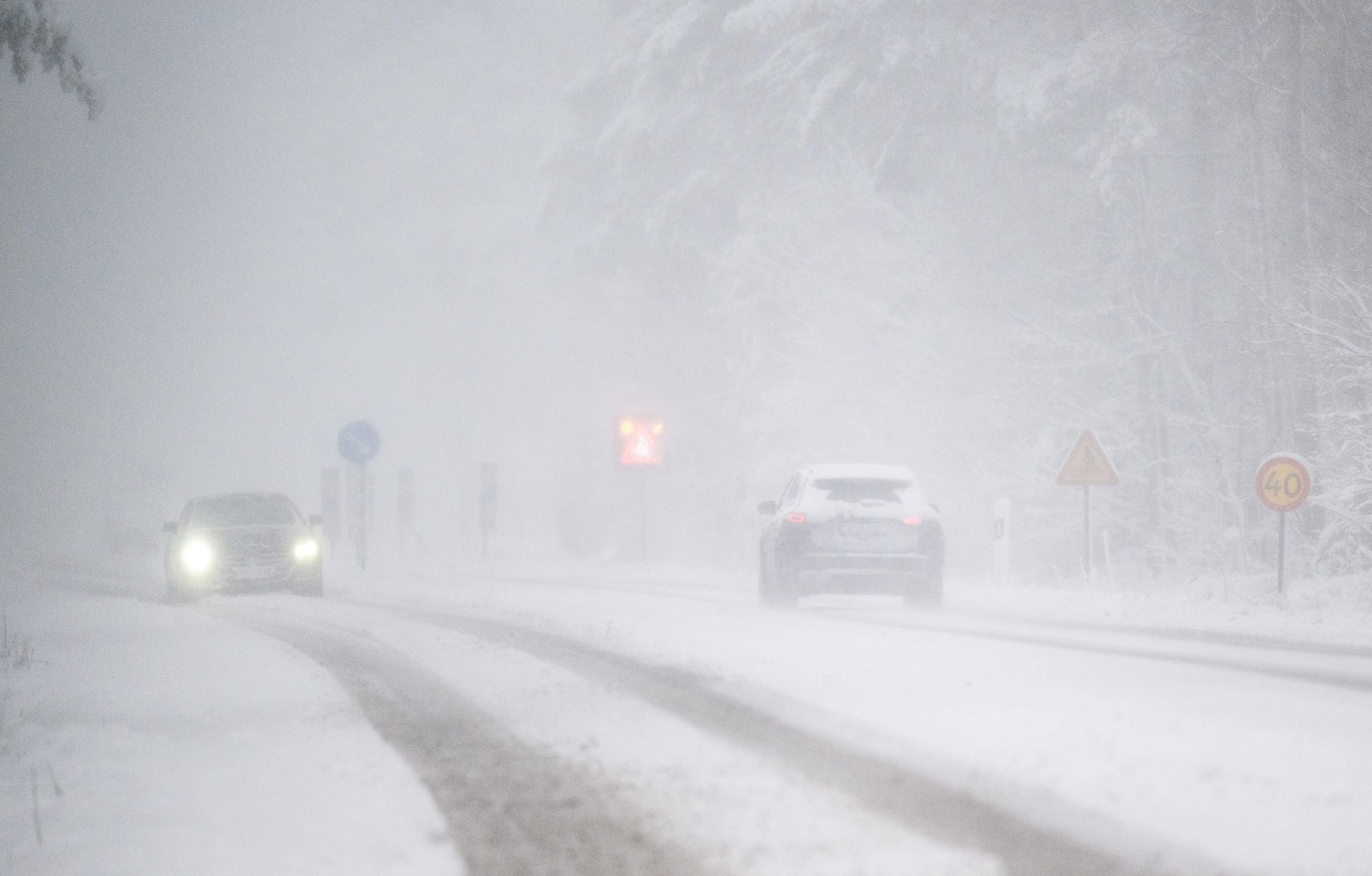
During Sunday afternoon, an orange warning for heavy snowfall was also issued over Gotland, which will continue into Monday. An orange warning had earlier been issued for south-eastern Skåne.

Photo: Johan Nilsson / TT /
Fougman told TT that there may be snow in the western part of Skåne from late this evening.
There are yellow warnings in place over Öland, Gotland, northern Kalmar county, Östergötland and Sörmland. Areas west of Lake Vättern – where heavier snowfall is expected during the evening – and west and south-west of Vänern are also under a yellow warning.
A yellow warning means that some public transport services and road traffic may be disrupted.
Swedish vocab: snö – snow

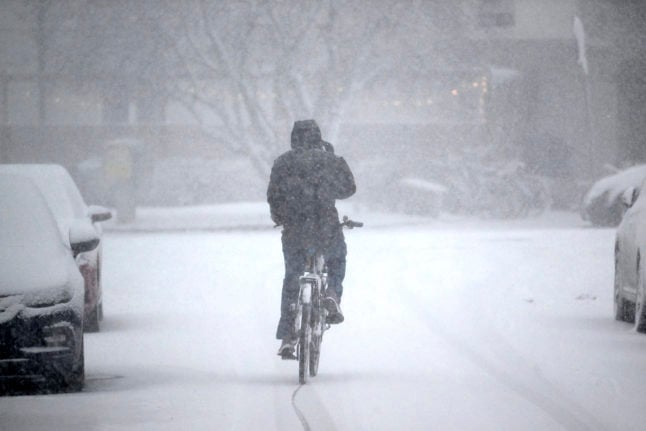

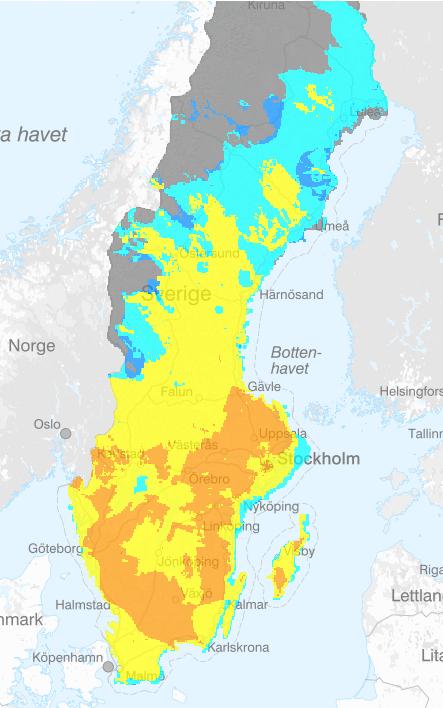

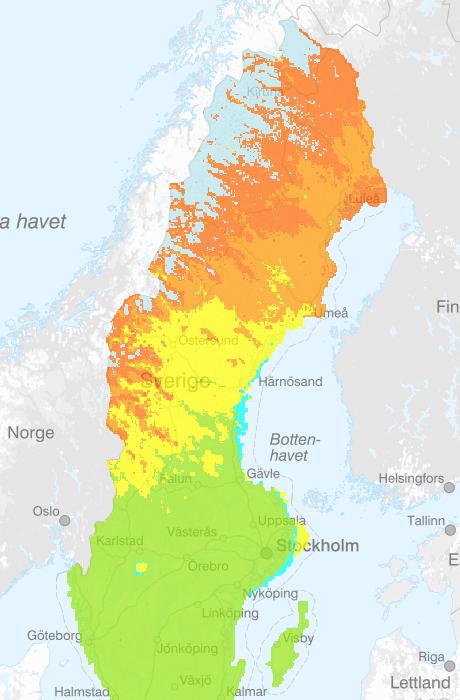
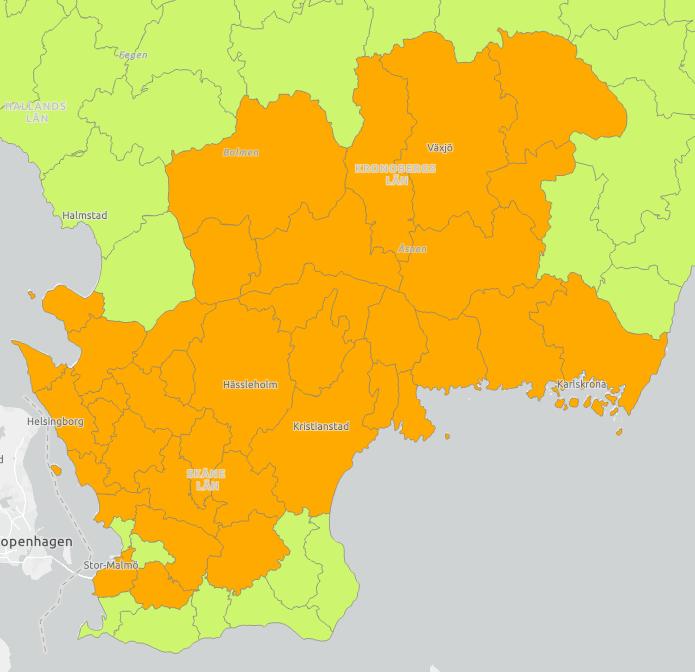

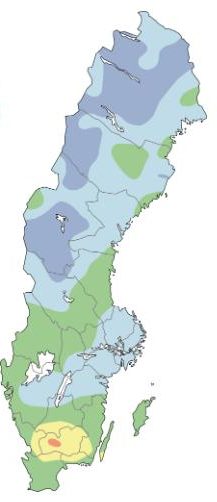
 Please whitelist us to continue reading.
Please whitelist us to continue reading.
Member comments